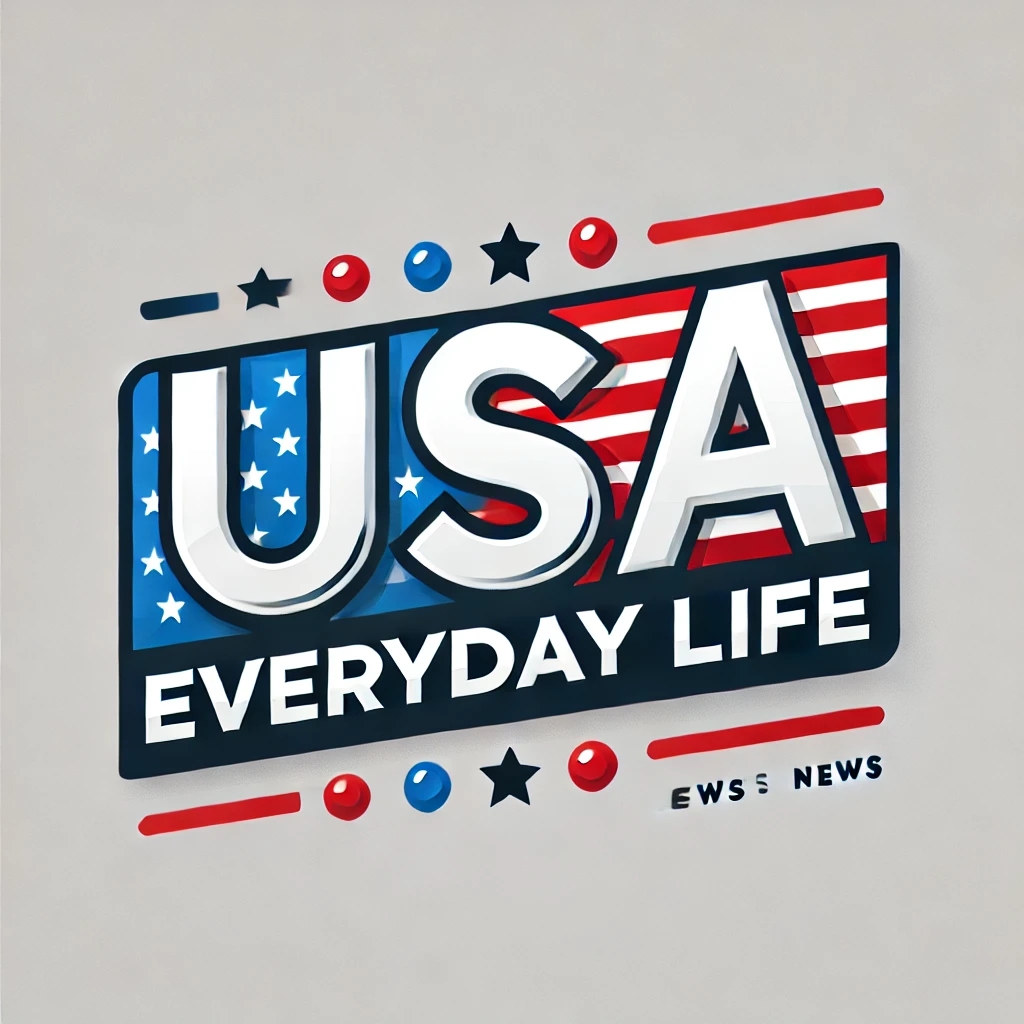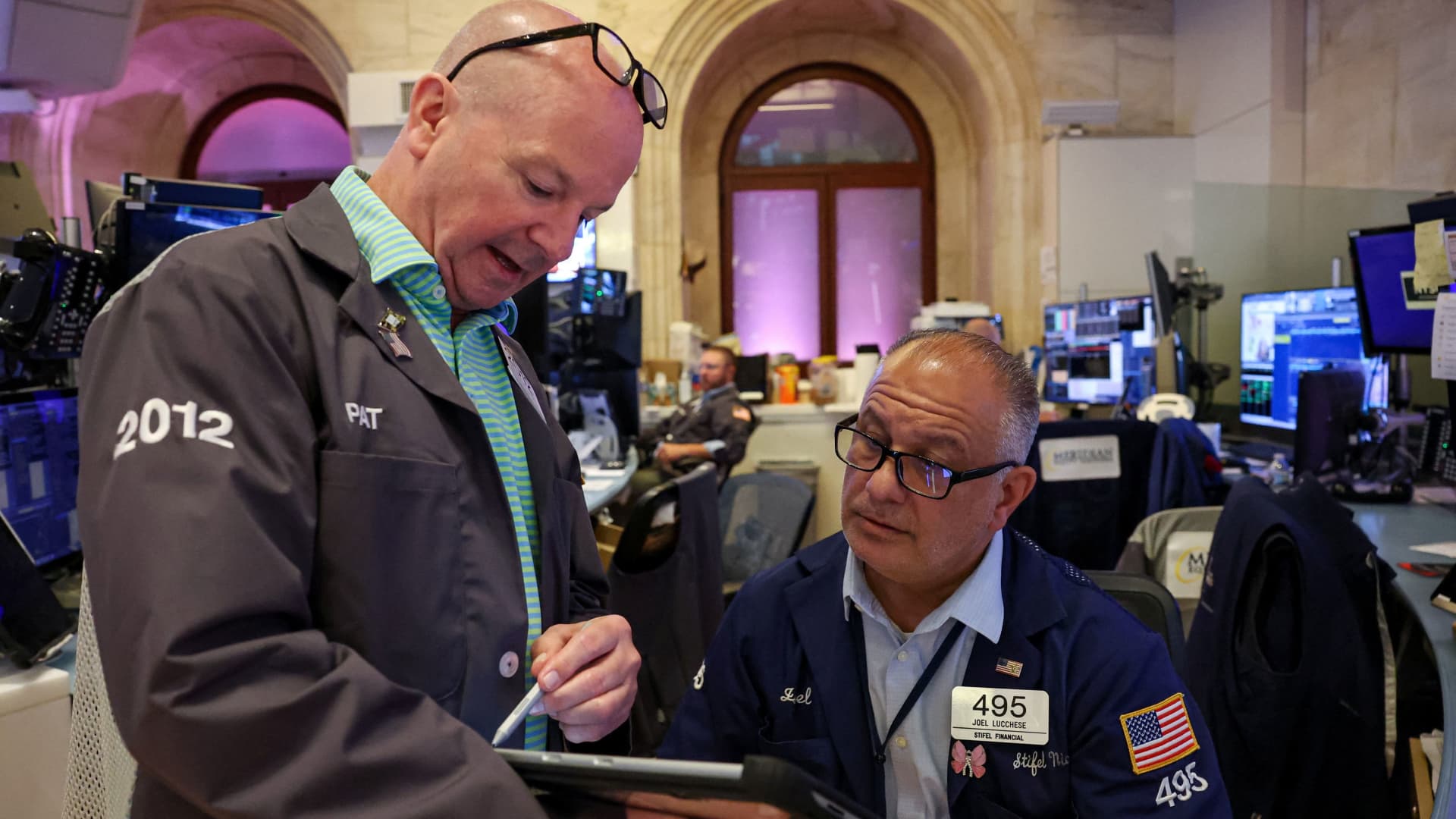Remember SPACs? They are showing signs of life again. So far this year, 89 SPACs have launched IPOs, according to data from SPACInsider. That’s the busiest year since 2021, when a record-setting 613 SPACs came to market during the height of the investment craze. SPACs are special purpose acquisition companies , which raise capital in an IPO and use the cash to merge with a private company and take it public, usually within two years. The latest resurgence comes after a sharp, two-year slowdown as regulatory scrutiny , disappointing post-merger performance and rising interest rates dampened investor appetite. Many SPACs liquidated rather than find deals, and the once red-hot sector became a cautionary tale. Now, with traditional initial public offerings returning and the broader stock market charging ahead, dealmakers are dusting off the structure. The proprietary CNBC SPAC 50 index , which tracks the performance of the largest 50 SPACs from the announcement of a merger target until the deal closes, is up 9.5% year to date, trading at levels approaching the 2021 spike. The CNBC SPAC Post Deal Index , comprised of SPACs that have completed their mergers and taken their target companies public, has risen nearly 38% this year. Notably, there have been several cryptocurrency-related deals in the SPAC area lately. Trump Media & Technology Group and Crypto.com agreed to a blank-check deal to launch a treasury-style strategy to accumulate the cryptocurrency platform’s native token CRO. Anthony Pompliano’s ProCap Financial has raised more than $750 million and is going public through a SPAC with Columbus Circle Capital Corp. The firm plans to hold up to $1 billion in bitcoin and aims to offer lending, trading and capital market services. “With the uptick of recent stablecoin and reserve SPACs I must admit that it feels as though a bit of euphoria may be taking over the market,” Morgan Stanley’s trading desk said in a recent note to clients. — CNBC’s Gina Francolla contributed reporting.





